Description
The Electro Harmonix JHS Lizard King Vintage Octave Fuzz Distortion Pedal is currently retailing at £119.99 and it is in stock. Available to be delivered to you by post direct (some charge may apply).The team at Just Pedals think that Electro Harmonix nailed it with the Electro Harmonix JHS Lizard King Vintage Octave Fuzz Distortion Pedal. Electro Harmonix JHS Lizard King Vintage Octave Fuzz Distortion Pedal
We have new and used Electro Harmonix musical equipment available on our website for fast direct delivery from sellers across the UK & Europe.
Electro-Harmonix (EHX) is a legendary effects pedal company founded in 1968 by Mike Matthews, known for pioneering some of the most iconic sounds in music history. Based in New York City, EHX offers a vast range of pedals, from the classic Big Muff fuzz and Memory Man delay to innovative effects like the POG and Freeze. Renowned for their creativity, durability, and affordability, Electro-Harmonix pedals have shaped the tones of countless musicians across genres, from rock and punk to ambient and experimental music.
Distortion is a type of guitar effect that alters the sound by adding sustain, harmonic richness, and a gritty or aggressive character. It clips the audio signal, creating a more saturated and powerful tone. Distortion is commonly used in rock, metal, and punk music, offering everything from warm, crunchy overdrive to heavily saturated, high-gain chaos. Unlike overdrive, which mimics the natural breakup of a tube amp, distortion produces a more intense, compressed, and processed sound. Popular distortion pedals include the Boss DS-1, ProCo Rat, and MXR Distortion+.
Just Pedals is a new Guitar Effect Pedals Marketplace – We feature new and used Guitar Effect pedals from different sellers, to purchase online from the UK.
We checked and good news we have it in stock, it has your name on it.
Order today and we will have it with you in a jiffy !
Just the latest videos
Just related products
50% Off £129.00 £65.14
Unique transistor-based octave fuzz distortion circuit designed by Josh Scott Blendable Octave to dial in the analog octave chaos Balance control adjusts between smooth sustaining tones and raspy fuzz tones 1970s Electro-Harmonix graphic designed by …
read more
£27.99
JOYO Vintage Overdrive guitar pedal with RC4558 chip is a representation of the classic TS808 tone. Producing warmer overtones at quieter volumes when used as a clean volume boost, and can achieve a harsher distortion as gain is increased. True Bypas…
read more
£29.99
[High-Gain Distortion] As a High-Gain distortion pedal, Donner's Morpher sounds like a crossover between MI Crunch Box and Suhr Riot. Great for hair metal/glam metal/pop metal. [3 Distortion Modes] Designed for richer playability. Wide dynamic range …
read more
£34.99
A fazy sandwich combines three classic fuzz sounds. Fazy sandwich was born with a pure sound and excellent dynamic response. Each tone has a rich range of adjustments, with two knobs to control fuzz and tone. True bypass footswitch for keeping your t…
read more
£93.02 £85.00
Distortion type Vintage fuzz. True bypass. Longer sustain. Fat Fuzz Sound. Made in the USA.
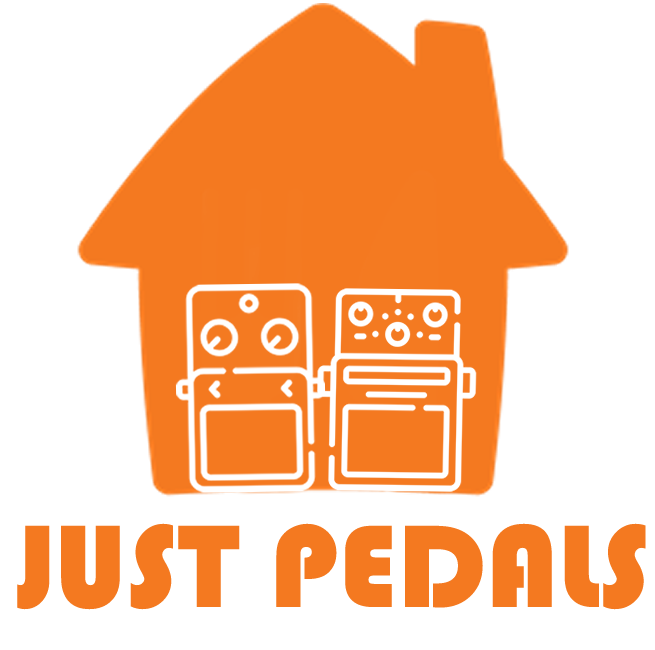
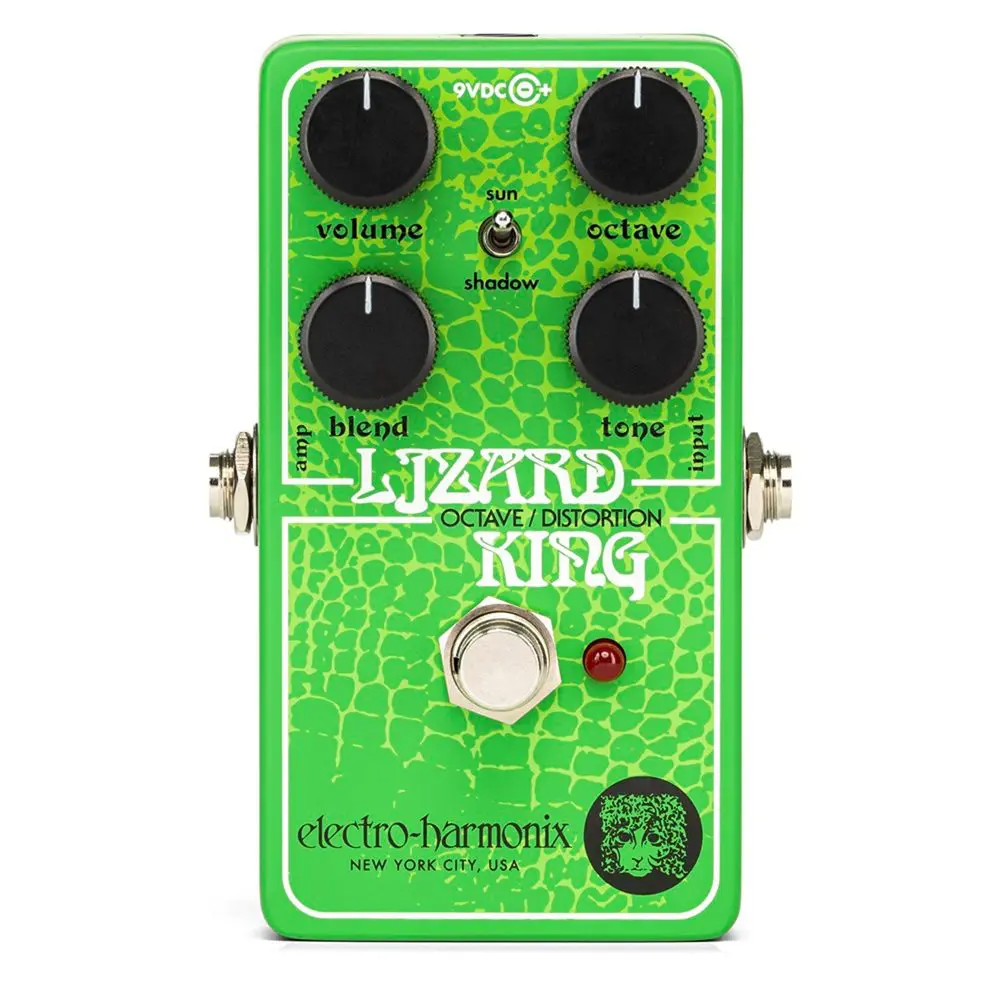
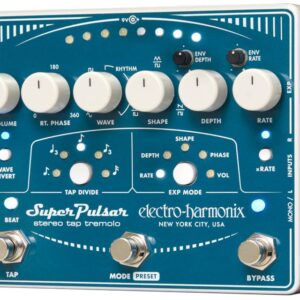
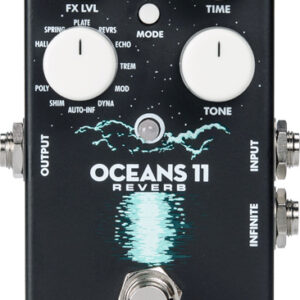

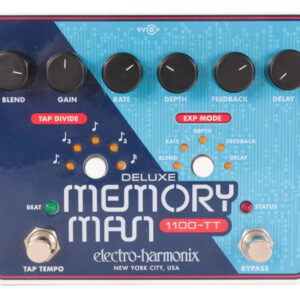
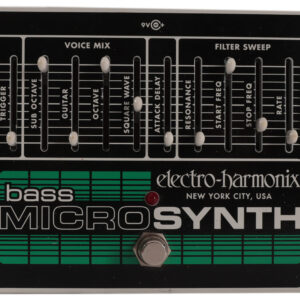
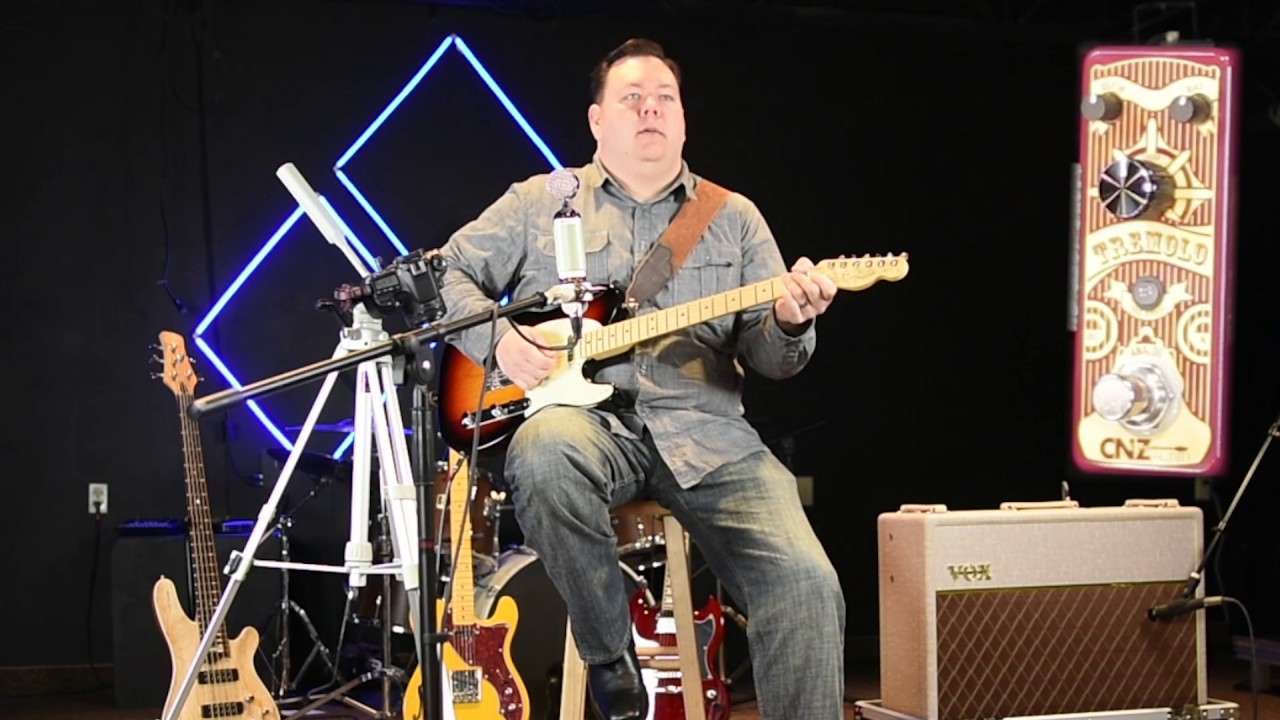
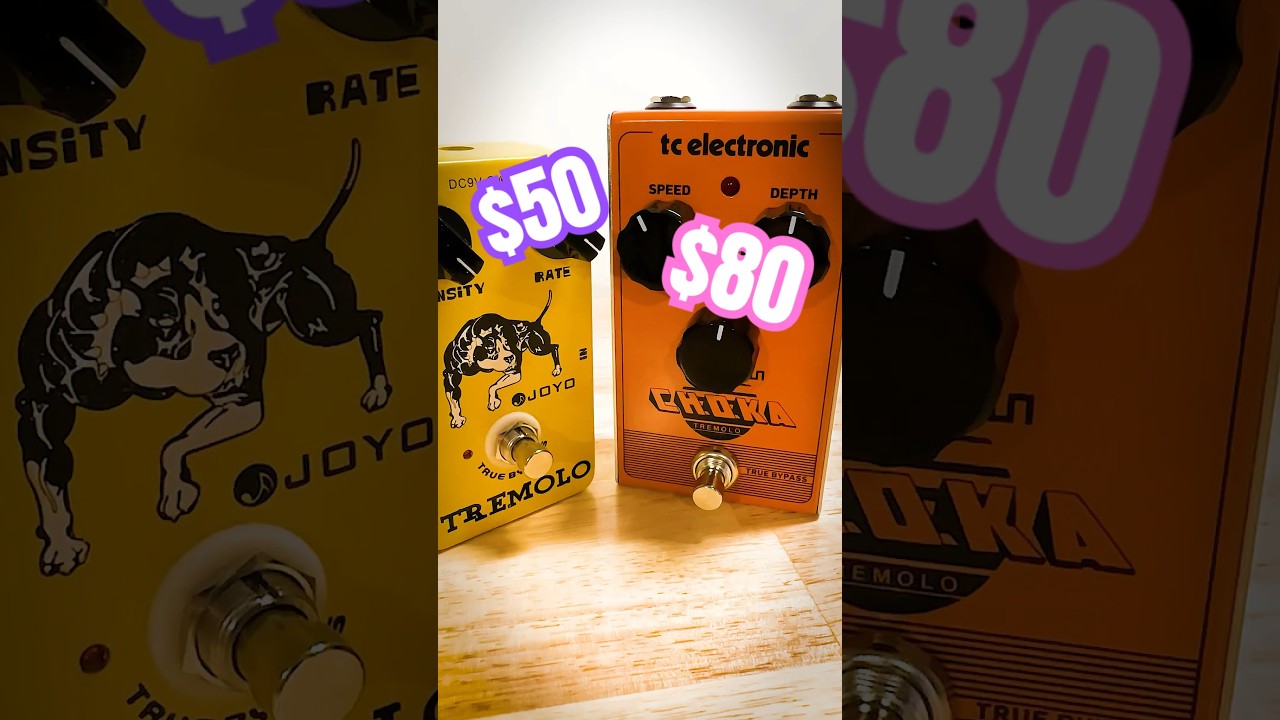














![[High-Gain Distortion] As a High-Gain distortion pedal, Donner's Morpher sounds like a crossover between MI Crunch Box and Suhr Riot. Great for hair metal/glam metal/pop metal. [3 Distortion Modes] Designed for richer playability. Wide dynamic range ...](https://m.media-amazon.com/images/I/41UzzFseciL._SL160_.jpg)















